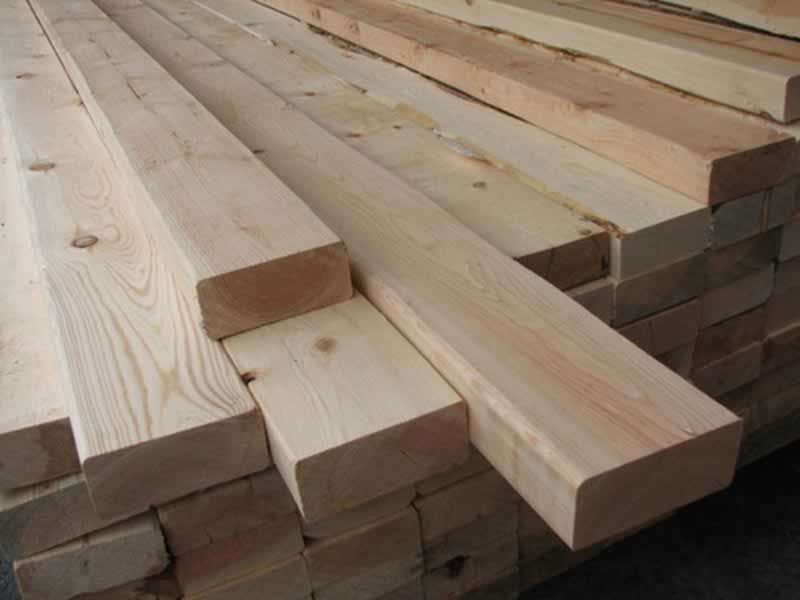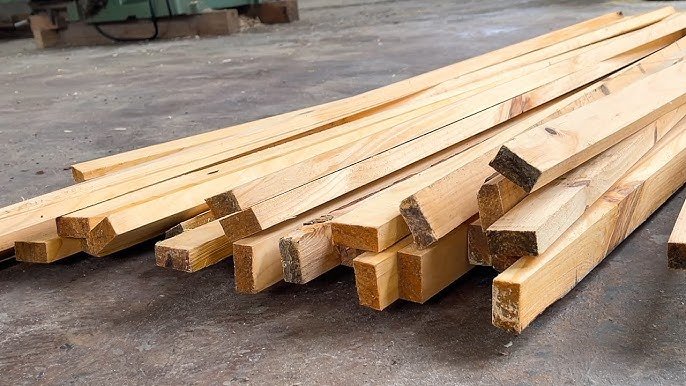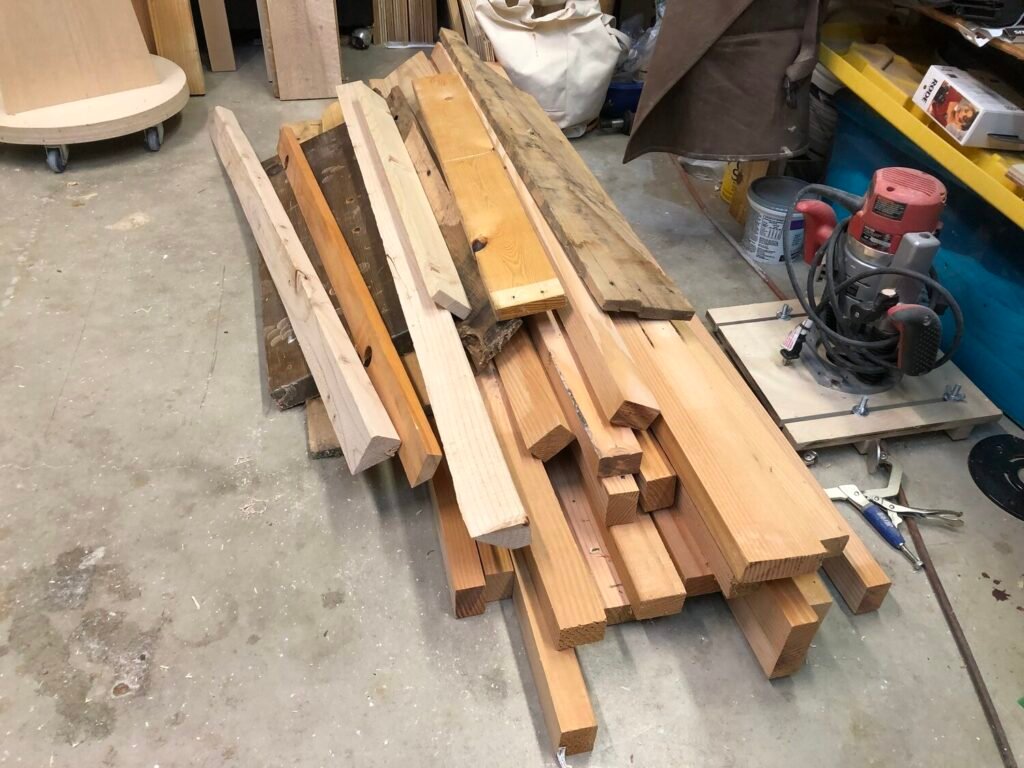Getting Started with Woodworking Projects
Woodworking is a versatile and rewarding hobby that allows you to unleash your creativity while creating functional and beautiful pieces. Whether you’re a complete beginner or have some experience under your belt, getting started with woodworking projects is an exciting adventure. To kick-start your woodworking journey, it’s crucial to equip yourself with the necessary tools. Websites like woodworkweb.com offer free woodworking plans that can guide you through your first few projects, providing step-by-step instructions and useful tips to ensure your success. Understanding the different types of wood is also essential, as each wood species has its unique characteristics and suitability for specific projects. By familiarizing yourself with the different woods available, you can make more informed decisions and achieve better results in your woodworking endeavors.

Once you have gathered your tools and familiarized yourself with the various types of wood, it’s important to prioritize safety in your woodworking projects. Safety should always be the top priority, as woodworking involves working with sharp tools and heavy machinery. When starting a project, make sure to wear appropriate safety gear, such as safety goggles, ear protection, and a dust mask. Additionally, it’s crucial to maintain a clean and organized workspace to minimize the risk of accidents. Remember to read and follow the safety guidelines provided with your tools and equipment, as they are designed to keep you safe throughout your woodworking journey. By prioritizing safety, you can enjoy the process of creating beautiful and functional pieces with peace of mind.
Related:-Woodworking Edge Corner Plane
Essential Tools for Woodworking Beginners
A fundamental part of getting started with woodworking projects is having the right tools at your disposal. As a beginner, investing in some essential tools will not only make your woodworking experience smoother but also help you achieve better results. One of the most crucial tools for any woodworker is a sturdy workbench. A workbench provides a stable surface for cutting, shaping, and assembling wood pieces. It should be made of solid material, such as hardwood, and have a flat and smooth surface for precise measurements and accurate cuts. Additionally, a workbench should have a vise to hold the wood securely in place while you work on it.
Another essential tool for woodworking beginners is a reliable set of hand tools. These include a claw hammer for driving nails and removing them, a set of screwdrivers for assembling and disassembling wood pieces, and a set of chisels for carving and shaping wood. A good tape measure is also essential for accurately measuring wood pieces, ensuring precise cuts, and creating symmetrical designs. Additionally, a combination square can be handy for marking and verifying right angles, while a marking gauge helps you make accurate measurements for joinery and marking out wood pieces. Lastly, having a set of clamps in different sizes is crucial for holding wood pieces together securely during glue-ups or when assembling larger projects. With these essential tools in your arsenal, you’ll be well-equipped to embark on your woodworking journey.
Understanding Different Types of Wood for Your Projects
When undertaking a woodworking project, it is vital to have a thorough understanding of the different types of wood available and their properties. Each type of wood has unique characteristics that can affect the outcome and durability of your project. One key factor to consider is the hardness of the wood, which determines its ability to withstand wear and tear. Hardwoods, such as oak and maple, are known for their strength and durability, making them ideal for furniture and flooring. On the other hand, softwoods like pine and cedar are more commonly used in projects that require flexibility and ease of workability, such as trim and framing.
Another important aspect to consider is the appearance of the wood. Different types of wood have distinct patterns, textures, and colors, allowing you to choose the one that suits your aesthetic preferences. For example, mahogany is renowned for its rich, reddish-brown hue and elegant grain, making it a popular choice for high-end furniture. Meanwhile, birch offers a lighter, more uniform appearance that is favored in contemporary design. It is essential to carefully select the type of wood that aligns with your desired end result to ensure a visually appealing and cohesive project.
Safety Tips and Guidelines for Woodworking
Woodworking can be a rewarding and enjoyable hobby, but it is important to prioritize safety throughout the process. One of the most crucial aspects of woodworking safety is wearing the appropriate protective gear. This includes safety goggles to protect your eyes from flying wood chips or debris, a dust mask to prevent inhalation of wood dust, and ear protection to reduce the impact of loud noises from power tools. Additionally, it is essential to have a well-ventilated workspace to minimize the buildup of fine dust particles that can be harmful when inhaled.
Another important safety consideration is the proper use and maintenance of tools. Always ensure that your tools are in good working condition before starting a project. Blades should be sharp and properly adjusted, and power cords should be intact without any frays or exposed wires. It is also crucial to use tools in the correct manner, following the manufacturer’s instructions for safe operation. Never force a tool, and never remove guards or safety features. Regularly inspect your tools and clean them after use to keep them in optimal condition.

Step-by-Step Instructions for Building a Basic Woodworking Project
To build a basic woodworking project, you will need a few essential tools and materials. First, gather all the necessary tools, including a tape measure, a pencil, a square, a handsaw or circular saw, a drill or power drill, a chisel, and clamps. Additionally, make sure to have the needed materials for your project, such as wood planks, screws or nails, wood glue, and sandpaper. Once you have everything ready, it’s time to move on to the next step.
Begin by measuring and marking the dimensions of your project on the wood planks using a tape measure and pencil. This step is crucial to ensure precision and accuracy in your measurements. Once marked, use a square to create straight and perpendicular lines for cutting. Depending on your project, you may need to use a handsaw or circular saw to carefully cut the wood planks to the desired sizes. Remember to wear appropriate safety gear, such as safety glasses and gloves, when using power tools.
Tips and Techniques for Joinery and Woodworking Joints
Joinery and woodworking joints are essential skills to master for any aspiring woodworker. These techniques allow you to create strong and durable connections between wood pieces, ensuring the structural integrity of your projects. Whether you’re building a simple chair or a complex cabinet, understanding different joinery methods and woodworking joints will greatly improve the quality and longevity of your creations.
One popular technique is the mortise and tenon joint. This joint involves creating a slot (mortise) in one piece of wood and a corresponding protrusion (tenon) on the other piece. The tenon is then inserted into the mortise and secured with glue, nails, or dowels. This type of joint provides excellent strength and stability, making it ideal for furniture construction. By varying the size and shape of these components, you can adapt the joint to suit different needs and design styles.
What is joinery in woodworking?
Joinery refers to the process of connecting two or more pieces of wood together to create a sturdy and functional structure. It involves creating various types of woodworking joints to ensure the pieces fit securely and withstand stress.
Why is understanding different types of wood important in woodworking?
Understanding different types of wood is crucial in woodworking because each type of wood has unique characteristics that can affect its strength, durability, and appearance. By choosing the right type of wood for your project, you can achieve better results and ensure the longevity of your creation.
What are some essential tools for woodworking beginners?
Some essential tools for woodworking beginners include a tape measure, miter saw, chisels, hand plane, coping saw, and clamps. These tools are versatile and can help you measure, cut, shape, and hold wood pieces during your woodworking projects.
How can I ensure safety while working on woodworking projects?
To ensure safety while working on woodworking projects, always wear appropriate protective gear such as safety glasses, ear protection, and a dust mask. Additionally, keep your work area clean and organized, use sharp tools properly, and follow safety guidelines and instructions for each tool and technique.
Can you provide step-by-step instructions for building a basic woodworking project?
Step-by-step instructions for building a basic woodworking project may vary depending on the specific project. However, it typically involves measuring and marking the wood, cutting the pieces to size, joining the parts using appropriate woodworking joints, sanding the surface, and finishing with paint, stain, or varnish. It’s best to follow a detailed project plan or tutorial for specific instructions.
What are some tips and techniques for achieving strong and durable woodworking joints?
To achieve strong and durable woodworking joints, ensure precise measurements and cuts, use high-quality wood glue or appropriate fasteners, apply even pressure during clamping, and allow sufficient drying time for the adhesive. Additionally, reinforcing joints with screws, dowels, or biscuits can enhance their strength and longevity.
How do I choose the right woodworking joint for my project?
The choice of woodworking joint depends on various factors such as the project’s purpose, the type of wood being used, and the desired aesthetic. Some common woodworking joints include butt joints, lap joints, mortise and tenon joints, and dovetail joints. Researching different joint types and considering their strength, appearance, and ease of creation can help you choose the right joint for your specific project.

Are there any common mistakes to avoid when working on woodworking joints?
Yes, common mistakes to avoid when working on woodworking joints include inadequate measuring and marking, using dull tools, rushing the process, not allowing sufficient drying time for adhesives, and neglecting to test the joint’s strength before putting it into use. It’s important to take your time, follow proper techniques, and double-check your work to avoid such mistakes.




